A Journey of Challenges, Successes, and Understanding Type 2 Diabetes
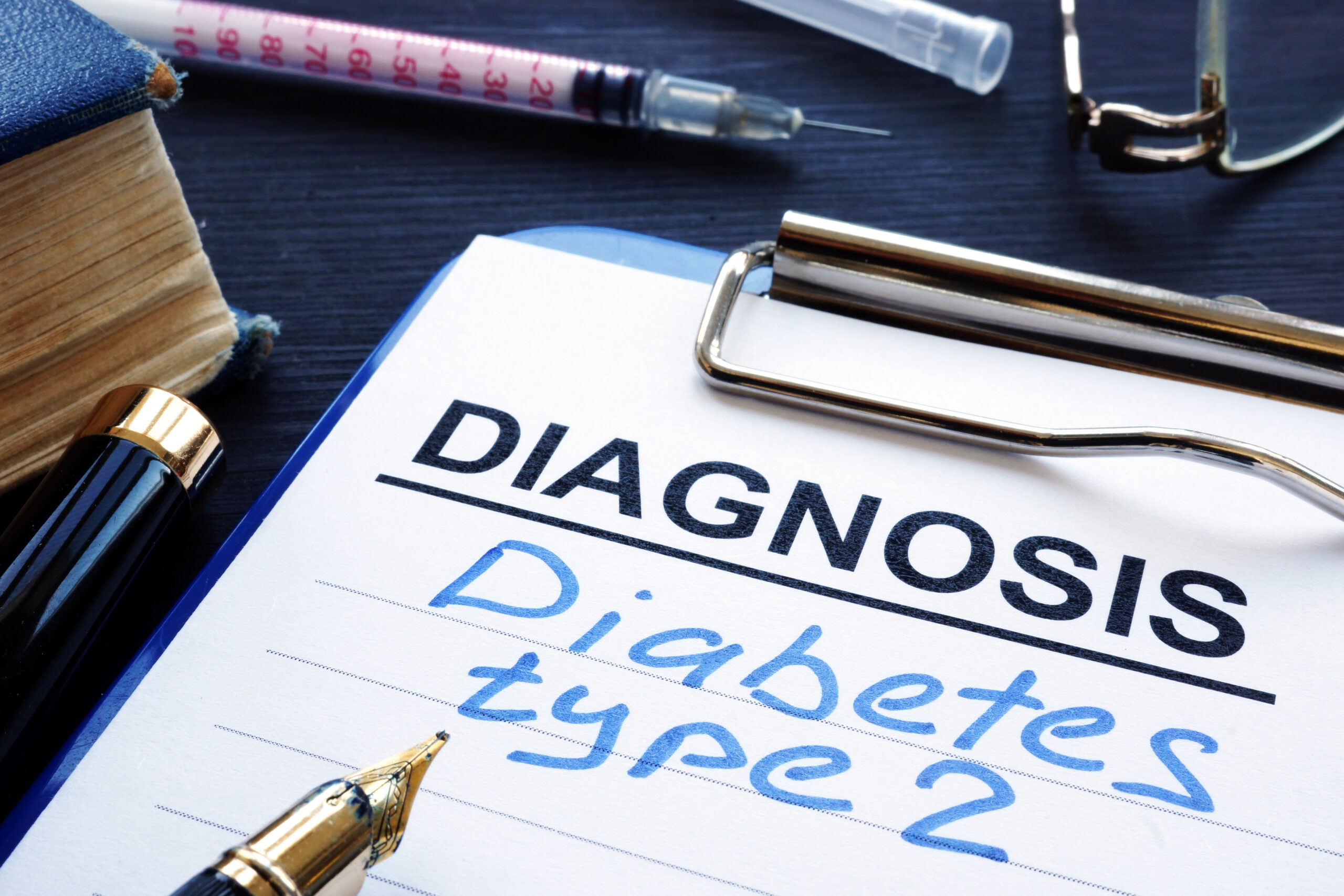
A Journey of Challenges, Successes, and Understanding Type 2 Diabetes
In 2022, BioPharma Services undertook its first patient study targeting the Type 2 Diabetes population. The study, which began in October 2022 and concludes in September 2023, was conducted in multiple cohorts. It addressed diabetes, one of the most prominent noncommunicable diseases globally. This was a remarkable journey for all involved, with its fair share of challenges and successes, and we are happy to tell you all about it.
Our Senior Manager of Recruitment and Retention, who has extensive experience with Type 2 Diabetes volunteer recruitment, was essential in guiding us through the process and paving the way for us to accomplish our goals. We were delighted that she also took the time to address some questions for us.
From a business perspective, these studies bring profitability, diversify the company and ensure acceleration of research to get the drug into the market. It also shows that we can handle more complex trials with a variety of moving parts and accelerating research so new medicines can get to the market faster! Not as many Clinical Research Organisations can do these studies and we help to fill a need.
Why did we choose a diabetic trial as our first patient trial here at BPSI?
We saw it as a great opportunity to take on this challenge as we had previously worked on the phase I portion of this trial with healthy volunteers. It seemed like a natural extension to be able to tackle this trial with the diabetic population.
Understanding Diabetes and Its Global Impact
Diabetes is a chronic disease affecting millions of people around the world that results in uncontrolled blood sugar levels due to insufficient insulin production or response in their bodies. Insulin is the hormone responsible for controlling blood sugar levels in our body by telling our cells to take up sugar and turn it into energy.
There are two main types of diabetes (Type 1 and Type 2) with Type 2 Diabetes being more prevalent. Type 1 Diabetes is an autoimmune disease that destroys pancreatic cells involved in creating insulin. Type 2 Diabetes occurs when the body’s cells cannot respond to insulin properly resulting in high blood sugar levels².
11.3% of the U.S. population have diabetes. That is over 37 million people. In 2014 the World Health Organization reports that 422 million people worldwide were living with this condition. It is important to watch out for the symptoms of diabetes which can include:
- feeling very thirsty,
- urinating frequently,
- blurred vision,
- feeling tired,
- unintentional weight loss,
- very dry skin,
- numbness or tingling in hands and feet.
Diabetes may affect multiple systems in the body, including the heart, kidneys, eyes and nerves. This may lead to blindness, pregnancy complications, stroke, kidney failure, heart failure, limb amputation and increased severe COVID-19 related illness and death.
When I first heard that we were going to a study for patients with Diabetes, I was immediately filled with excitement. This was accompanied by gratitude that we could move one step closer to bringing a new diabetic treatment to market.
Since I was young, I was very familiar with the condition. I had looked on with curiosity at the bottle of insulin stored in the fridge and watched as my father pricked his fingers to test his sugar. I remember anxiously asking if I had to do that and he gently reassuring me that no I didn’t…. at least not yet. It has been many years since then, and I have known many people who have had diabetes impact their family. I jumped at the chance to work on this new study.
There was a lot to learn about the condition and the different classes of medications. But this knowledge would prove to be of great value to me. I was able to become a better recruiter. Also, it crossed over to my personal life. When I went to do my blood work, values like A1C were not just a random number on the paper. I was immediately able to understand its health implications and put changes in place to improve this value. – Alana, Clinical Research Recruiter at BPSI
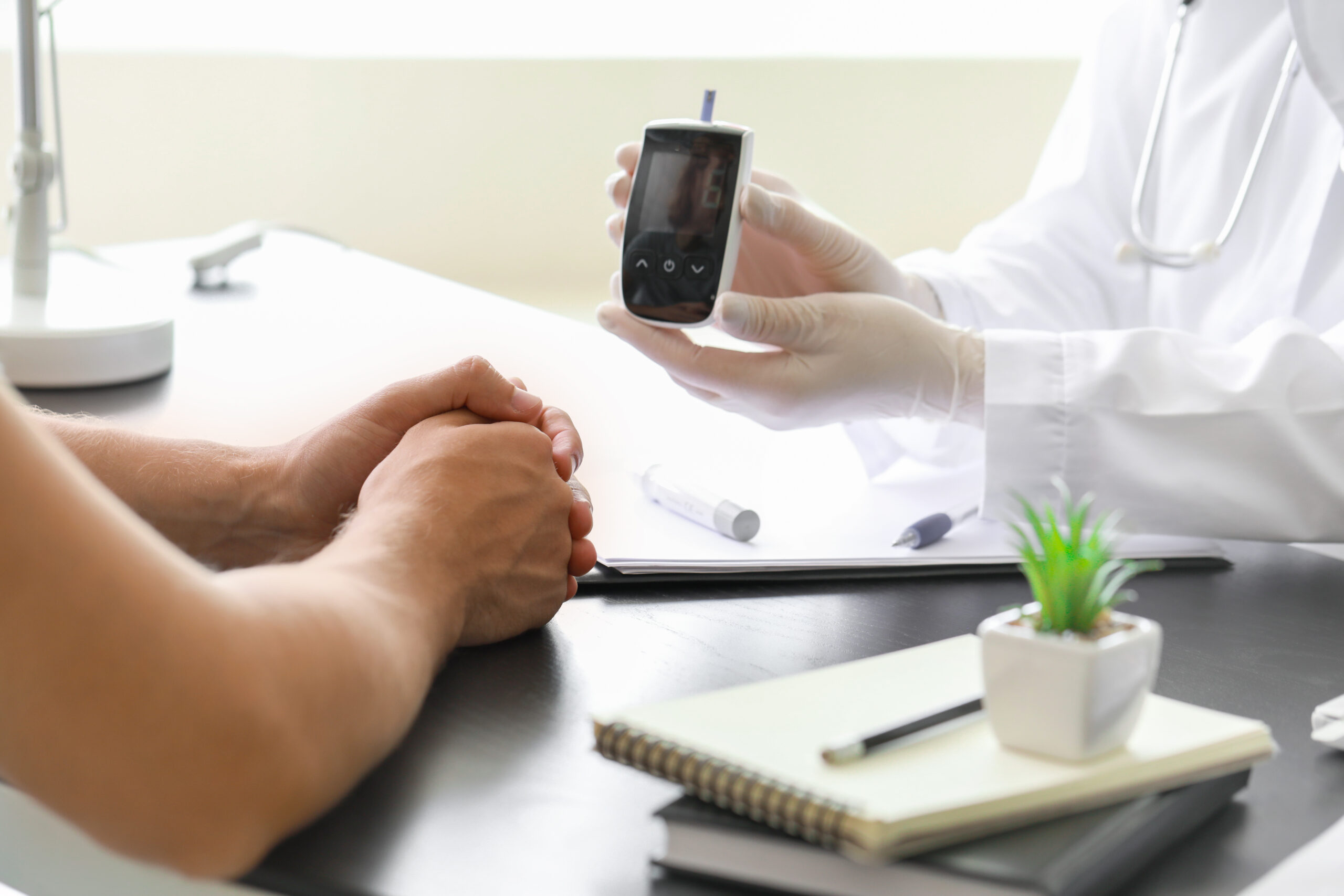
Combating Diabetes: A Multi-Faceted Approach
The battle against diabetes demands a comprehensive, multi-disciplinary approach, as emphasised by the American Diabetes Association⁷. It’s a fight that demands lifestyle modifications, medications, and vigilant monitoring to help control blood glucose levels and improve insulin sensitivity. For individuals with Type I diabetes, the cornerstone of treatment remains insulin therapy, encompassing a spectrum of rapid-acting, short-acting, intermediate-acting, or long-acting insulins, administered through injections or pumps.
In Type 2 Diabetes, oral antidiabetic medications play a crucial role with notable drug classes such as metformin which decreases glucose production of the liver in conjunction with decreasing absorption of glucose in the stomach.
Metformin is a common first-choice medicine for Type 2 Diabetes. It helps your body use insulin better by making your cells take in more sugar. Sulfonylureas help your pancreas release more insulin, and thiazolidinedione make your insulin work better by acting on fat, muscle, and the liver to lower blood sugar.
Tailoring treatment plans to individual needs may involve combination therapies, adopting a healthy diet, regular physical activity, personalized care plans, and patient education.
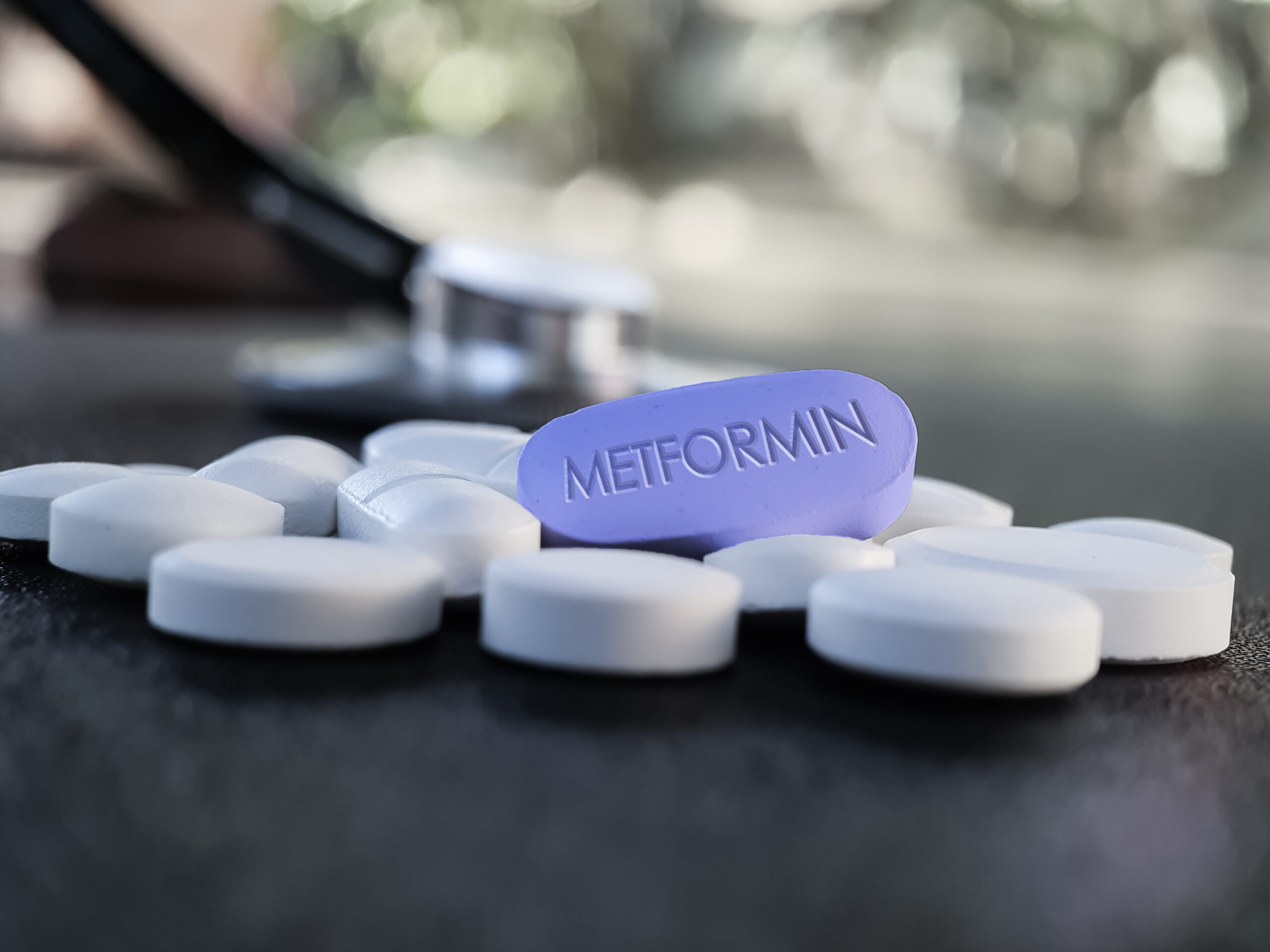
This topic is very personal to me as my father has been battling T2D (Type 2 Diabetes) for over 20 years. Until recently, my knowledge regarding T2D was unfortunately limited where I knew it was a highly prevalent disease that leads to uncontrolled blood sugar levels.
Throughout these two decades, I watched my dad progress from taking one medication per day to control his diabetes to currently taking three per day. He also has been diagnosed with high cholesterol that he must take medication for, and needs to see a cardiologist annually to make sure his heart is healthy. It’s not just the management of T2D that has become more complex but medication that can be very expensive without health insurance.
Last year my father was prescribed Forxiga for diabetes management and without health insurance, this drug costs $300 for 90 tablets. Thankfully, my father’s health insurance does cover most of the cost of this life-saving drug but, I’m sadly aware that is not the case for others. While recruiting for this trial, I heard many stories of patients who were on multiple, sometimes costly, drugs to treat their diabetes. There was even one patient who said, “if there was only one drug I would have to take daily, I would consider that as a miracle in itself.”
Listening to these stories also made me realise the direct impact these trials have on patients. I had this drive to enrol as many qualifying T2D patients into this trial after hearing more about their struggles with diabetes. For most of my time as a recruiter, I’m focused on recruiting healthy volunteers for bioequivalent and phase I trials, so I don’t always get to hear accounts of how these trials personally impact them.
Throughout the recruitment process for this trial, I felt more motivated to learn about this disease and cutting-edge treatments/research currently on the horizon. My hope for the future is that we will be able to conduct more patient trials at BPSI so we can bring affordable, life-saving medication for patients suffering with chronic diseases. – Suki, Clinical Research Recruiter at BPSI
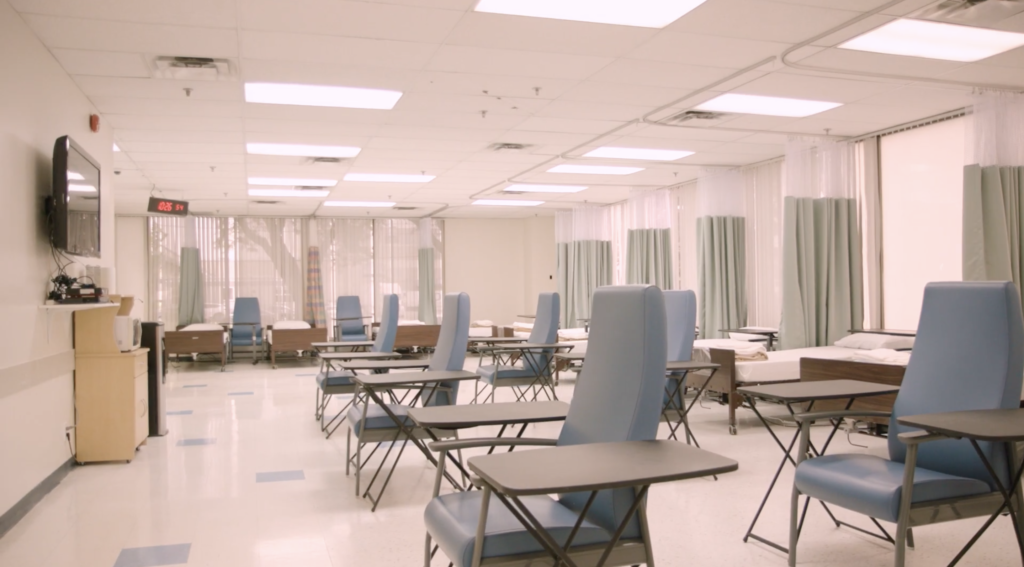
Overcoming Challenges: Success in Conducting a Type 2 Diabetes Study
We decided to ask Meghana, our Clinical Recruitment Manager, about the remarkable success achieved in conducting a Type 2 Diabetes study.
What are some challenges of conducting patient studies?
As a CRO we are not directly connected to hospitals/physicians, so we don’t have access to medical records to recruit suitable candidates. Focusing just on advertising to recruit patients can result in higher screen failure rates. Another challenge can be staff experience in terms of operations or clinical conduct where they require more training.
How did we succeed in the Type 2 Diabetes patient study and overcome challenges?
Our ability to adapt quickly by identifying challenges and providing solutions helped us deal with obstacles during the trial. For example, we noticed that our screening failure rate was high due to out of range A1C levels and to mitigate this we introduced the A1CNow finger prick test prior to the start of screening procedures. Even though instruments/machines such as continuous glucose monitors were new to some of the staff, they were quickly able to learn how to utilise them appropriately.

What the Future holds for Patient Trials in BPSI
After the completion of our first ever patient trial here in BPSI, we have identified some areas of improvement to make future patient trials even more successful. The main goal is to increase the recruitment budget to allow us to focus on more prospects than just advertising. This would allow us to connect us to hospitals/physicians giving us access to their patient database for data mining.
The administrative staff working in physicians’ offices can also be a great asset in providing more visibility and matching eligible candidates to our patient trials. The other priority would be to ensure adequate staff training through kick-off meetings and addressing any concerns prior to the start of the trial. The adaptability of our staff who love to take on new challenges helped make the first ever patient BPSI trial a success.
Through the valuable insights gained from this trial, the advancements in clinical research have equipped us to embark on future patient studies, enabling a more significant impact on healthcare and positively influencing people’s lives, just as Anisha’s experience has demonstrated.
Being a South Asian, Diabetes was a term I would hear a lot more in community gatherings from either a middle-aged man refraining from eating a sweet dish or persuading his spouse to control her cravings and indulges.
As someone with a strong interest in research and simultaneously having an opportunity to work on a Type 2 Diabetes study at BioPharma Services, I was able to understand the pathophysiology of this condition, treatment mechanisms of the arsenal of available drug classes, interplay of exercise and diet, the emphasis on CGM monitoring, HbA1c significance, and broadening my understanding of concomitant use of medications and medical histories.
I would have never known what some of these terms meant before! Engaging with volunteers furthered my learning as they openly shared physical, emotional, and financial challenges. From a busy day at work, they would take time to thoroughly understand the impact of the trial and the science behind it. I would have emails following our discussion requesting me to hold their spot as they get their recent glucose readings or follow-up with their doctor to ensure they pass their screenings.
Their dedication was remarkable, going the extra mile to meet screening requirements, intensifying exercise, and travelling long distances to participate. These experiences deepened my understanding of diabetes and highlighted the strength and resilience of those living with it. Contributing to their journey towards better health has been an invaluable opportunity. – Anisha, Clinical Research Recruiter at BPSI
To find out if you qualify for any of our cutting-edge studies, we invite you to sign up on our website. Rest assured, our dedicated team of friendly recruiters will reach out to you with further information. Take the first step towards contributing to medical advancements and improving healthcare by joining our research community today!
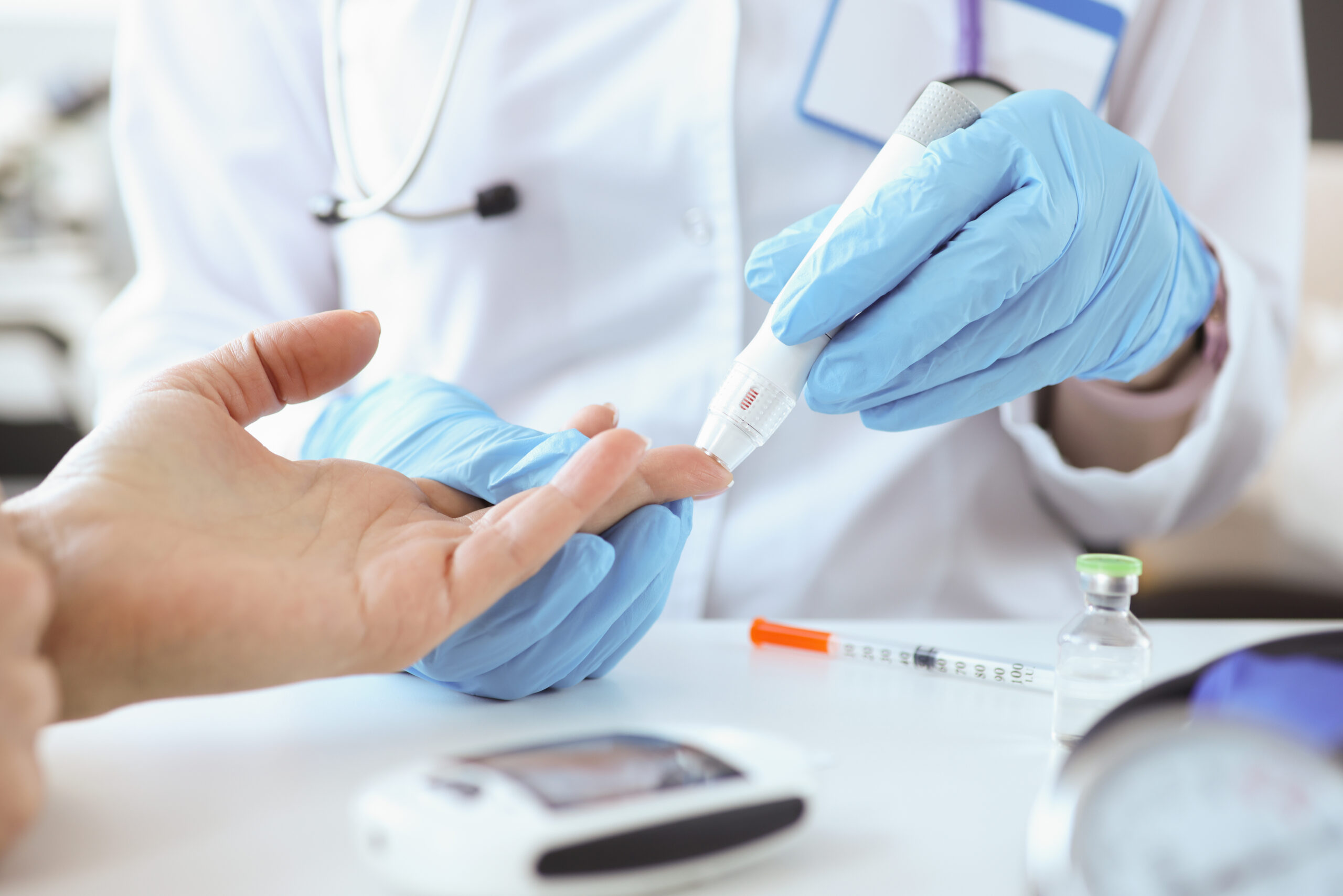
BioPharma Services, Inc., a Think Research Corporation and clinical trial services company, is a full-service Contract Clinical Research Organization (CRO) based in Toronto, Canada, specializing in Phase 1 clinical trials 1/2a and Bioequivalence clinical trials for international pharmaceutical companies worldwide. BioPharma has clinical facilities both in the USA and Canada with access to healthy volunteers and special populations.
References
-
- World Health Organization. (n.d.). Noncommunicable Diseases. World Health Organization. https://www.who.int/health-topics/noncommunicable-diseases#tab=tab_1
- Centers for Disease Control and Prevention. (2023, April 24). What is diabetes?. Centers for Disease Control and Prevention. https://www.cdc.gov/diabetes/signs-symptoms/index.html
- Public Health Agency of Canada. (2022, November 24). Framework for Diabetes in Canada: Infographic. Canada.ca. https://www.canada.ca/en/public-health/services/publications/diseases-conditions/framework-diabetes-canada-infographic.html
- World Health Organization. (n.d.). Diabetes. World Health Organization. https://www.who.int/news-room/fact-sheets/detail/diabetes
- Centers for Disease Control and Prevention. (2022, December 30). Diabetes symptoms. Centers for Disease Control and Prevention. https://www.cdc.gov/diabetes/signs-symptoms/index.html
- Public Health Agency of Canada. (2021, December 13). Diabetes in Canada in review, 2021. Canada.ca. https://www.canada.ca/en/public-health/services/publications/diseases-conditions/diabetes-canada-review-2021.html
- American Diabetes Association. (2021). Standards of medical care in diabetes—2021. Diabetes Care, 44(Supplement 1), S1-S232.
